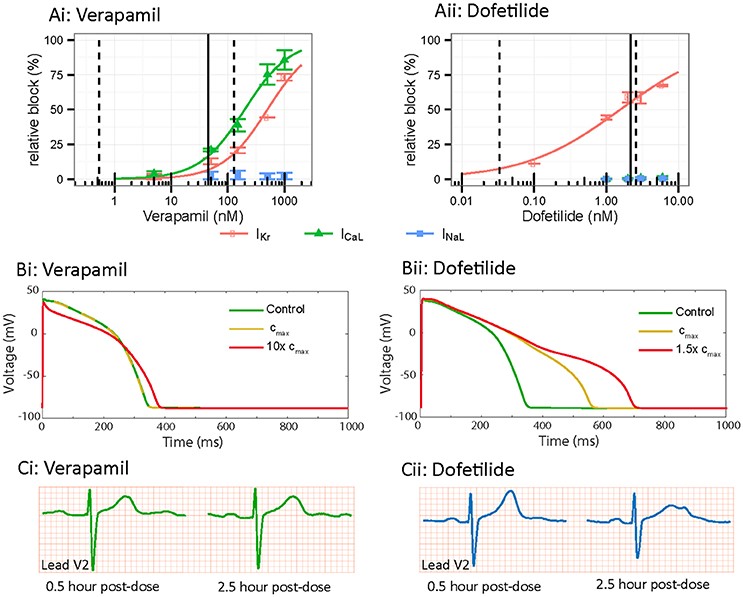- Home
-
Screening
- Ionic Screening Service
-
Ionic Screening Panel
- Ligand Gated Ion Channels
- Glycine Receptors
- 5-HT Receptors3
- Nicotinic Acetylcholine Receptors
- Ionotropic Glutamate-gated Receptors
- GABAa Receptors
- Cystic Fibrosis Transmembrane Conductance Regulators (CFTR)
- ATP gated P2X Channels
- Voltage-Gated Ion Channels
- Calcium Channels
- Chloride Channels
- Potassium Channels
- Sodium Channels
- ASICs
- TRP Channels
- Other Ion Channels
- Stable Cell Lines
- Cardiology
- Neurology
- Ophthalmology
-
Platform
-
Experiment Systems
- Xenopus Oocyte Screening Model
- Acute Isolated Cardiomyocytes
- Acute Dissociated Neurons
- Primary Cultured Neurons
- Cultured Neuronal Cell Lines
- iPSC-derived Cardiomyocytes/Neurons
- Acute/Cultured Organotypic Brain Slices
- Oxygen Glucose Deprivation Model
- 3D Cell Culture
- iPSC-derived Neurons
- Isolation and culture of neural stem/progenitor cells
- Animal Models
- Techinques
- Resource
- Equipment
-
Experiment Systems
- Order
- Careers
CiPA Cardiac Channel Assays
Many withdrawn drugs have been shown to block the hERG channel, delaying repolarization of the cardiac action potential and leading to prolongation of the QT interval on an electrocardiogram. This can potentially initiate the arrhythmia known as Torsades de Pointes (TdP) with fatal consequences. While hERG is an important factor for cardiac liability, it is not the only factor. Excitation and relaxation of cardiac muscle is regulated by a variety of different ion channels. Some of these channels are genetically linked with long QT syndrome, suggesting that their modulation by drugs could also produce life-threatening arrhythmias independently of hERG. Conversely, a number of relatively potent hERG channel blockers do not induce TdP. Many of these drugs (e.g. verapamil, amiodarone) have mixed channel blocking action which may ameliorate the effects of hERG blockade. Thus, hERG screening alone may be insufficient to flag potential cardiac liability. Conversely, abandoning promising compounds based on hERG blockade alone may result in failing potentially safe clinical drugs.
Creative Bioarray's CiPA service provides you with a robust cost-effective approach to determine cardiac risk, earlier in your program and with turnaround times that support your lead discovery and optimization pipeline.

Fig. 1 In vitro, in silico and in vivo comparison of multi-channel pharmacology
Our CiPA service panel includes:
Nav1.5: initiates the action potential
Cav1.2: contributes to depolarization
Kv4.3, Kv1.5, KCNQ1, hERG (Kv11.1): involved in repolarization
Kir2.1, HCN4: maintain the resting potential of myocytes
In Creative Bioarray, we also provide a core CiPA screening panel as a substitution of an expanded panel of cardiac ion channels:
hERG
Nav1.5
Cav1.2
KvLQT1
Kir2.1
Kv4.3
all of which have a key role in controlling the ventricular action potential.
Here in Creative Bioarray, we perform CiPA-compliant human cardiac ion channel assays using QPatch, a high fidelity, gigaseal quality automated patch clamp platform. We guarantee high quality automated patch clamp data can be used to drive following in silico models of the human ventricular action potential and highlight potential cardiac liability at a very early stage. Our comprehensive CiPA service offers high quality data at a highly competitive price. Customized test is also available in Creative Bioarray. we can offer single point and concentration-response format screening studies against individual ion channels or the full CiPA-compliant panel.
Advantages
Superior to hERG model in predicting Torsade de Pointes
High quality data
Comprehensive cardiac safety screen
Multiple ion channel effects screen included
Low to high(optional) throughput formats available
Fast: within 2-4 week
Combining cardiac ion channel panel screening (using pharmacological profiling through classical patch clamp electrophysiology) and the screening of validated beating iPSC human cardiomyocytes (on the multiple-electrode array (MEA) against reference compounds with known clinical outcomes), this service provides a more comprehensive screening than measuring hERG-induced QT prolongation alone.
Having gained years of experience, Creative Bioarray is capable of providing considerate and reliable services of high quality for our clients. Our highly experienced experts are ready to support you with their knowledge.
If you have any questions or special needs, please contact us at Email or Telephone for support. We look forward to working with you in the near future.
Reference
- Lee W, et al. In Vitro and In Silico Risk Assessment in Acquired Long QT Syndrome: The Devil Is in the Details. Front Physiol. 2017; 8: 934.
Related Section
Inquiry

